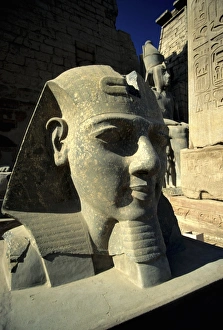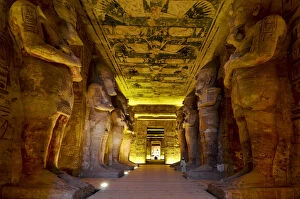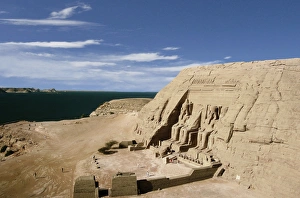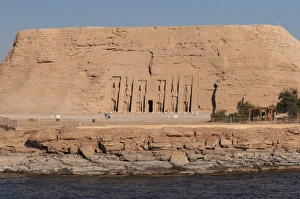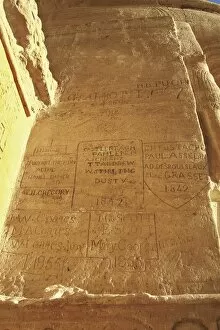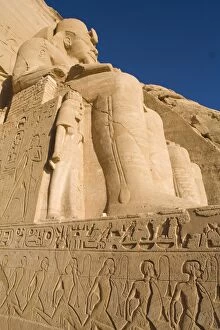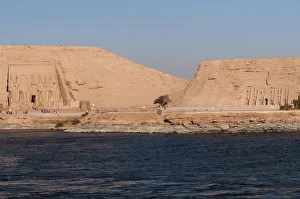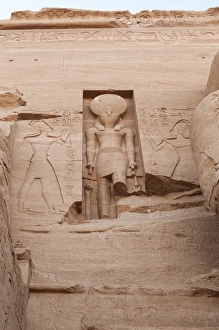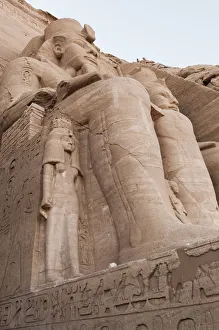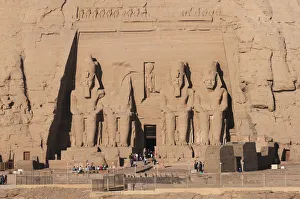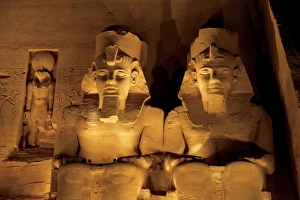Great Temple Of Rameses Ii Collection
The Great Temple of Ramesses II, also known as the Temple of Luxor, is a magnificent ancient structure located in Luxor, Egypt
All Professionally Made to Order for Quick Shipping
The Great Temple of Ramesses II, also known as the Temple of Luxor, is a magnificent ancient structure located in Luxor, Egypt. This awe-inspiring temple stands as a testament to the grandeur and power of one of Egypt's greatest pharaohs. As you step into the interior of this majestic temple, you are immediately transported back in time to an era where gods and kings reigned supreme. The walls are adorned with intricate carvings depicting scenes from Egyptian mythology and historical events. Each detail tells a story that captivates visitors and leaves them in awe of the craftsmanship and artistic prowess of ancient Egyptians. One cannot miss the colossal statue of Ramesses II that proudly guards the entrance to this great temple. Standing tall at over 60 feet, it serves as a reminder of his mightiness during his reign. The sheer size and intricacy of this statue leave spectators speechless, marveling at its preservation throughout centuries. Venturing further south along the Nile River brings us to Abu Simbel, where another remarkable wonder awaits - The Great Temple of Ramses II. Carved directly into solid rock cliffs, this architectural masterpiece showcases not only Ramesses II's devotion to himself but also his love for his queen Nefertari through the nearby Temple of Hathor. The Rock-cut temple at Ipsambul is yet another gem hidden along Egypt's mesmerizing landscape. Its impressive façade features four colossal statues guarding its entrance - two on each side representing Ramesses II himself seated majestically on his throne. Egypt never ceases to amaze with its rich history and incredible monuments like these temples dedicated to Ramses II. They stand as reminders that even after thousands of years have passed since their construction, they still inspire wonderment among those fortunate enough to witness their magnificence firsthand. Visiting these sites allows us glimpses into an ancient civilization whose legacy continues to shape our understanding today.

